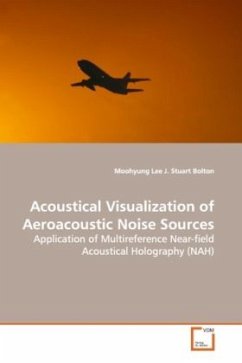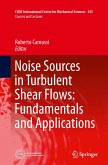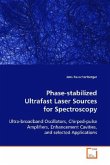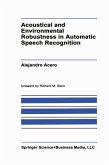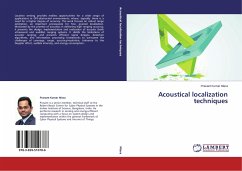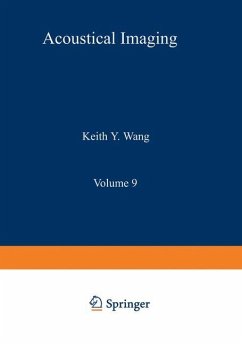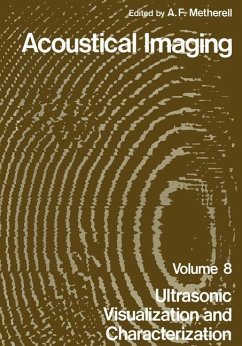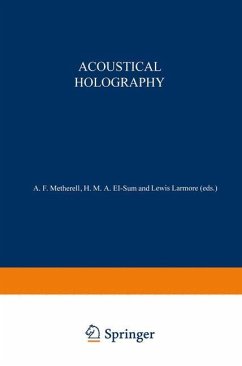To perform effective noise control, it is essential
that the detailed character of the noise source be
well understood. Near-field Acoustical Holography
(NAH) is a powerful tool for visualizing noise
sources and thus for identifying the detailed nature
of a source. NAH has been applied most often for
visualizing structure-borne and machinery noise
sources. In this book, it is shown how NAH can be
applied with equal success to aeroacoustic sources. A
detailed development of multireference NAH is
provided to allow the use of a scanning microphone
array. Also, methods for compensating for source
nonstationarity and for extrapolating sound fields
beyond the measurement aperture to improve the
accuracy of the source imaging are described.
Experimental results are given
for a ducted fan and for a free jet, and it is shown,
for example, that nearfield measurements allow the
accurate prediction of a source s farfield
directivity. The analysis presented in this book will
help scientists and engineers concerned with
visualizing aeroacoustic sources, in particular, and
more generally, any practical machinery noise
sources that comprise several
uncorrelated or partially correlated subsources.
that the detailed character of the noise source be
well understood. Near-field Acoustical Holography
(NAH) is a powerful tool for visualizing noise
sources and thus for identifying the detailed nature
of a source. NAH has been applied most often for
visualizing structure-borne and machinery noise
sources. In this book, it is shown how NAH can be
applied with equal success to aeroacoustic sources. A
detailed development of multireference NAH is
provided to allow the use of a scanning microphone
array. Also, methods for compensating for source
nonstationarity and for extrapolating sound fields
beyond the measurement aperture to improve the
accuracy of the source imaging are described.
Experimental results are given
for a ducted fan and for a free jet, and it is shown,
for example, that nearfield measurements allow the
accurate prediction of a source s farfield
directivity. The analysis presented in this book will
help scientists and engineers concerned with
visualizing aeroacoustic sources, in particular, and
more generally, any practical machinery noise
sources that comprise several
uncorrelated or partially correlated subsources.

